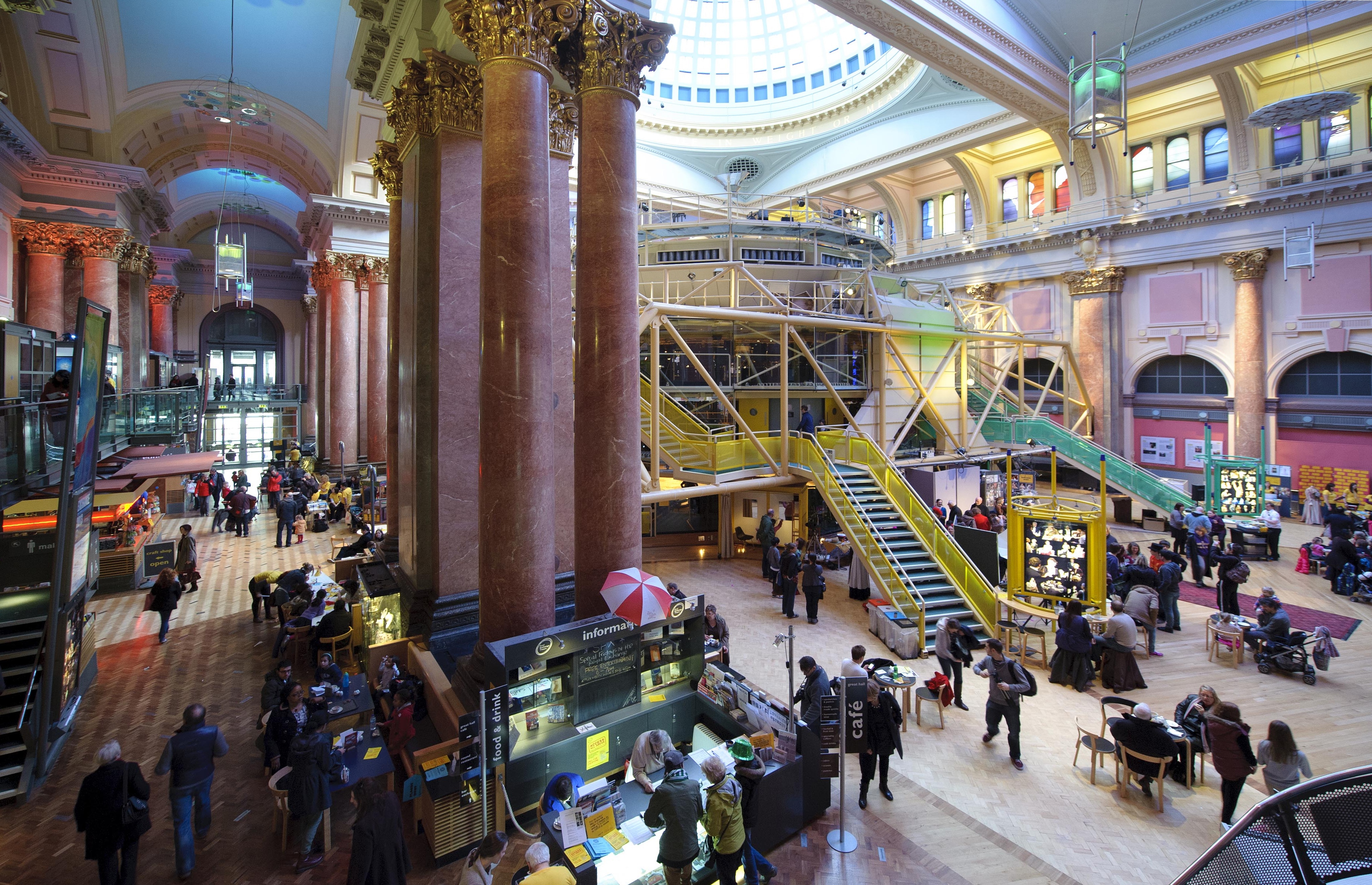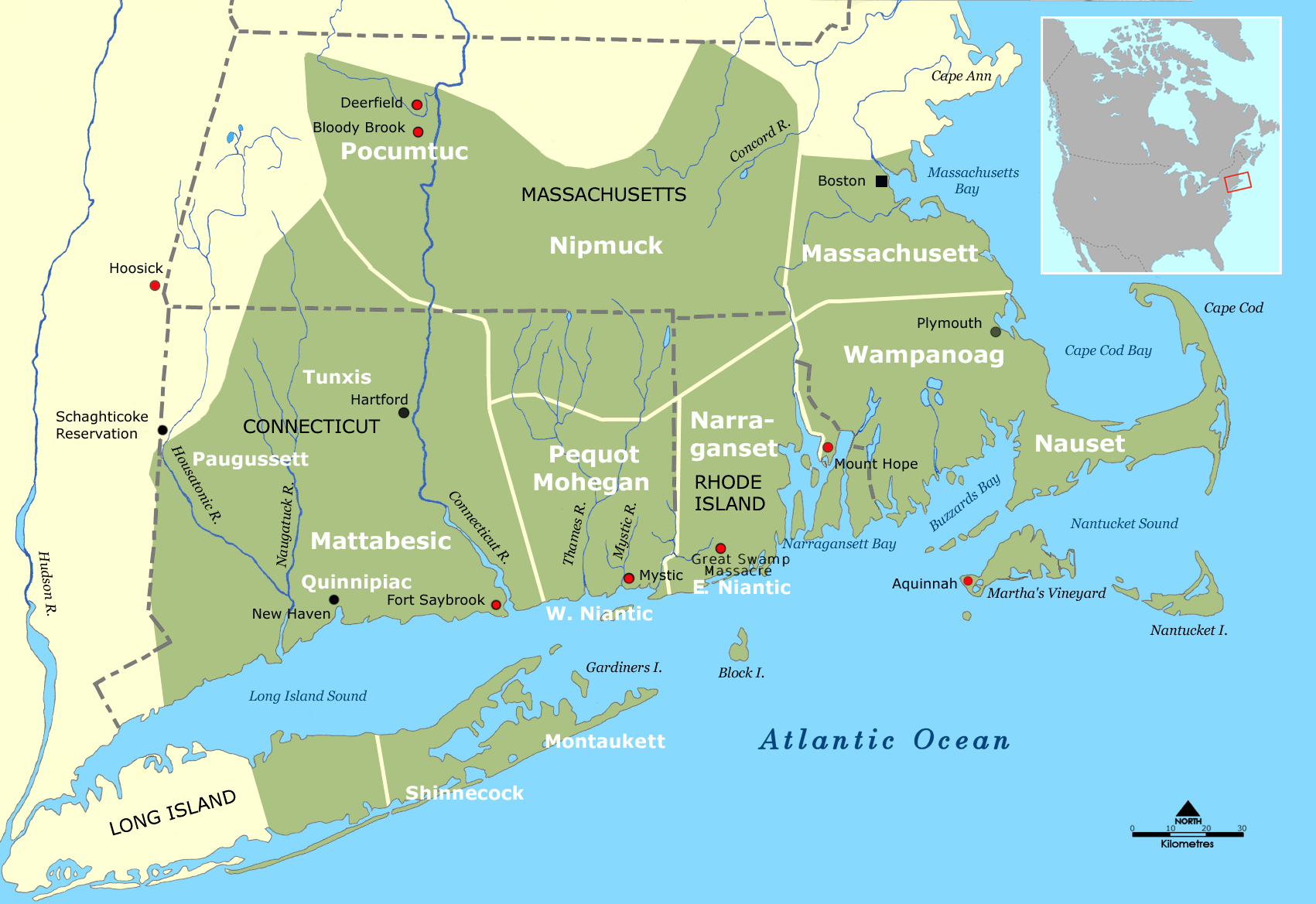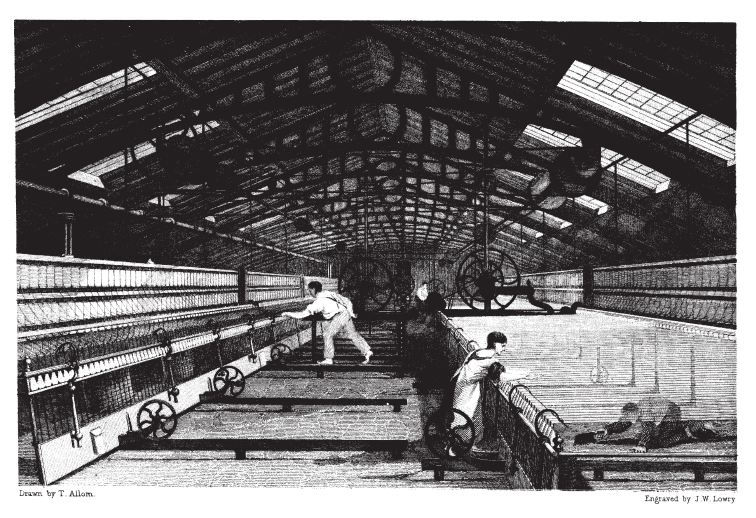|
Cotton Mill
A cotton mill is a building that houses spinning or weaving machinery for the production of yarn or cloth from cotton, an important product during the Industrial Revolution in the development of the factory system. Although some were driven by animal power, most early mills were built in rural areas at fast-flowing rivers and streams, and used water wheels for power. The development of viable steam engines by Boulton and Watt from 1781 led to the growth of larger, steam-powered mills. They were built in a concentrated way in urban mill towns, such as Manchester. Together with neighbouring Salford, it had more than 50 mills by 1802. The mechanisation of the spinning process in the early factories was instrumental in the growth of the machine tool industry, enabling the construction of larger cotton mills. Limited companies were developed to construct mills, and together with the business of the trading floors of the cotton exchange in Manchester, a vast commercial cit ... [...More Info...] [...Related Items...] OR: [Wikipedia] [Google] [Baidu] |
Ancoats Redhill Street- 4556
Ancoats is an area of Manchester, England, next to the Northern Quarter, the northern part of Manchester city centre. Historically in Lancashire, Ancoats became a cradle of the Industrial Revolution and has been called "the world's first industrial suburb". For many years, from the late 18th century onwards, Ancoats was a thriving industrial district. The area suffered accelerating economic decline from the 1930s and depopulation in the years after the Second World War, particularly during the slum clearances of the 1960s. Since the 1990s, Ancoats' industrial heritage has been recognised and its proximity to the city centre has led to investment and substantial regeneration. The southern part of the area was branded New Islington by property developers Urban Splash, with redevelopment centred on the Daily Express Building. In 2021, a plaque was put in place acknowledging Ancoats' status as a Little Italy. For the purpose of local government elections, the area is part of ... [...More Info...] [...Related Items...] OR: [Wikipedia] [Google] [Baidu] |
Manchester Royal Exchange
The Royal Exchange is a grade II listed building in Manchester, England. It is located in the city centre on land bounded by St Ann's Square, Exchange Street, Market Street, Cross Street and Old Bank Street. The complex includes the Royal Exchange Theatre and the Royal Exchange Shopping Centre. The Royal Exchange was heavily damaged in the Manchester Blitz and in the 1996 Manchester bombing. The current building is the last of several buildings on the site used for commodities exchange, primarily but not exclusively of cotton and textiles. History, 1729 to 1973 The cotton industry in Lancashire was served by the cotton importers and brokers based in Liverpool who supplied Manchester and surrounding towns with the raw material needed to spin yarns and produce finished textiles. The Liverpool Cotton Exchange traded in imported raw cotton. In the 18th century, the trade was part of the slave trade in which African slaves were transported to America where the cotton was grown an ... [...More Info...] [...Related Items...] OR: [Wikipedia] [Google] [Baidu] |
John Kay (flying Shuttle)
John Kay (17 June 1704 – c. 1779) was an English inventor whose most important creation was the flying shuttle, which was a key contribution to the Industrial Revolution. He is often confused with his namesake, ( John Kay's essay on the two John Kays of the Industrial Revolution). who built the first "spinning frame". Early life John Kay was born on 17 June 1704 in the Lancashire hamlet of Walmersley, just north of Bury. His yeoman farmer father, Robert, owned the "Park" estate in Walmersley, and John was born there. Robert died before John was born, leaving Park House to his eldest son. As Robert's fifth son (out of ten children), John was bequeathed £40 (at age 21) and an education until the age of 14. His mother was responsible for educating him until she remarried. Apprenticeship He apprenticed with a hand-loom reed maker, but is said to have returned home within a month claiming to have mastered the business. He designed a metal substitute for the natural reed ... [...More Info...] [...Related Items...] OR: [Wikipedia] [Google] [Baidu] |
Putting Out System
The putting-out system is a means of subcontracting work, like a tailor. Historically, it was also known as the workshop system and the domestic system. In putting-out, work is contracted by a central agent to subcontractors who complete the project via remote work. It was used in the English and American textile industries, in shoemaking, lock-making trades, and making parts for small firearms from the Industrial Revolution until the mid-19th century. After the invention of the sewing machine in 1846, the system lingered on for the making of ready-made men's clothing. The domestic system was suited to pre-urban times because workers did not have to travel from home to work, which was quite unfeasible due to the state of roads and footpaths, and members of the household spent many hours in farm or household tasks. Early factory owners sometimes had to build dormitories to house workers, especially girls and women. Putting-out workers had some flexibility to balance farm and ho ... [...More Info...] [...Related Items...] OR: [Wikipedia] [Google] [Baidu] |
Cotton Mill
A cotton mill is a building that houses spinning or weaving machinery for the production of yarn or cloth from cotton, an important product during the Industrial Revolution in the development of the factory system. Although some were driven by animal power, most early mills were built in rural areas at fast-flowing rivers and streams, and used water wheels for power. The development of viable steam engines by Boulton and Watt from 1781 led to the growth of larger, steam-powered mills. They were built in a concentrated way in urban mill towns, such as Manchester. Together with neighbouring Salford, it had more than 50 mills by 1802. The mechanisation of the spinning process in the early factories was instrumental in the growth of the machine tool industry, enabling the construction of larger cotton mills. Limited companies were developed to construct mills, and together with the business of the trading floors of the cotton exchange in Manchester, a vast commercial cit ... [...More Info...] [...Related Items...] OR: [Wikipedia] [Google] [Baidu] |
Mersey And Irwell Navigation
The Mersey and Irwell Navigation was a river navigation in North West England, which provided a navigable route from the Mersey estuary to Salford and Manchester, by improving the course of the River Irwell and the River Mersey. Eight locks were constructed between 1724 and 1734, and the rivers were improved by the construction of new cuts several times subsequently. Use of the navigation declined from the 1870s, and it was ultimately superseded by the Manchester Ship Canal, the construction of which destroyed most of the Irwell section of the navigation and the long cut between Latchford and Runcorn. History The idea that the Rivers Mersey and Irwell should be made navigable from the Mersey Estuary in the west to Manchester in the east was first proposed in 1660, and revived in 1712 by Thomas Steers. In 1720 the necessary bills were tabled. The act of Parliament for navigation, the ( 7 Geo. 1. St. 1 c. 15), was received in 1721. The construction work was undertaken by ... [...More Info...] [...Related Items...] OR: [Wikipedia] [Google] [Baidu] |
Flax
Flax, also known as common flax or linseed, is a flowering plant, ''Linum usitatissimum'', in the family Linaceae. It is cultivated as a food and fiber crop in regions of the world with temperate climates. In 2022, France produced 75% of the world's supply of flax. Textiles made from flax are known in English as linen and are traditionally used for bed sheets, underclothes, and table linen. Its oil is known as linseed oil. In addition to referring to the plant, the word "flax" may refer to the unspun fibers of the flax plant. The plant species is known only as a cultivated plant and appears to have been domesticated just once from the wild species '' Linum bienne'', called pale flax. The plants called "flax" in New Zealand are, by contrast, members of the genus '' Phormium''. Description Several other species in the genus ''Linum'' are similar in appearance to ''L. usitatissimum'', cultivated flax, including some that have similar blue flowers, and others with wh ... [...More Info...] [...Related Items...] OR: [Wikipedia] [Google] [Baidu] |
North West England
North West England is one of nine official regions of England and consists of the ceremonial counties of England, ceremonial counties of Cheshire, Cumbria, Greater Manchester, Lancashire and Merseyside. The North West had a population of 7,417,397 in 2021. It is the Countries of the United Kingdom by population, third-most-populated region in the United Kingdom, after the South East England, South East and Greater London. The largest settlements are Manchester and Liverpool. It is one of the three regions, alongside North East England and Yorkshire and the Humber, that make up Northern England. Subdivisions The official Regions of England, region consists of the following Subdivisions of England, subdivisions: The region has the following sub-divisions: After abolition of the Greater Manchester and Merseyside County Councils in 1986, power was transferred to the metropolitan boroughs, making them equivalent to unitary authorities. In April 2011, Greater Manchester gained ... [...More Info...] [...Related Items...] OR: [Wikipedia] [Google] [Baidu] |
New York (state)
New York, also called New York State, is a U.S. state, state in the northeastern United States. Bordered by New England to the east, Canada to the north, and Pennsylvania and New Jersey to the south, its territory extends into both the Atlantic Ocean and the Great Lakes. New York is the List of U.S. states and territories by population, fourth-most populous state in the United States, with nearly 20 million residents, and the List of U.S. states and territories by area, 27th-largest state by area, with a total area of . New York has Geography of New York (state), a varied geography. The southeastern part of the state, known as Downstate New York, Downstate, encompasses New York City, the List of U.S. cities by population, most populous city in the United States; Long Island, with approximately 40% of the state's population, the nation's most populous island; and the cities, suburbs, and wealthy enclaves of the lower Hudson Valley. These areas are the center of the expansive New ... [...More Info...] [...Related Items...] OR: [Wikipedia] [Google] [Baidu] |
New England
New England is a region consisting of six states in the Northeastern United States: Connecticut, Maine, Massachusetts, New Hampshire, Rhode Island, and Vermont. It is bordered by the state of New York (state), New York to the west and by the Canadian provinces of New Brunswick to the northeast and Quebec to the north. The Gulf of Maine and Atlantic Ocean are to the east and southeast, and Long Island Sound is to the southwest. Boston is New England's largest city and the capital of Massachusetts. Greater Boston, comprising the Boston–Worcester–Providence Combined Statistical Area, houses more than half of New England's population; this area includes Worcester, Massachusetts, the second-largest city in New England; Manchester, New Hampshire, the largest city in New Hampshire; and Providence, Rhode Island, the capital of and largest city in Rhode Island. In 1620, the Pilgrims (Plymouth Colony), Pilgrims established Plymouth Colony, the second successful settlement in Briti ... [...More Info...] [...Related Items...] OR: [Wikipedia] [Google] [Baidu] |
Lancashire
Lancashire ( , ; abbreviated ''Lancs'') is a ceremonial county in North West England. It is bordered by Cumbria to the north, North Yorkshire and West Yorkshire to the east, Greater Manchester and Merseyside to the south, and the Irish Sea to the west. The largest settlement is Preston, Lancashire, Preston, and the county town is the city of Lancaster, Lancashire, Lancaster. The county has an area of and a population of 1,490,300. Preston is located near the centre of the county, which is urbanised and includes the towns of Blackburn and Burnley; the seaside resort of Blackpool lies to the west, and Lancaster, Lancashire, Lancaster is in the north. For Local government in England, local government purposes the county comprises a non-metropolitan county, with twelve districts, and two Unitary authorities of England, unitary authority areas: Blackburn with Darwen and Borough of Blackpool, Blackpool. Lancashire County Council and the two unitary councils collaborate through the ... [...More Info...] [...Related Items...] OR: [Wikipedia] [Google] [Baidu] |
Factory Acts
The Factory Acts were a series of acts passed by the Parliament of the United Kingdom beginning in 1802 to regulate and improve the conditions of industrial employment. The early acts concentrated on regulating the hours of work and moral welfare of young children employed in cotton mills but were effectively unenforced until the Factory Act 1833 established a professional Factory Inspectorate. The regulation of working hours was then extended to women by an act of Parliament in 1844. The Factories Act 1847 (known as the Ten Hour Act), together with acts in 1850 and 1853 remedying defects in the 1847 act, met a long-standing (and by 1847 well-organised) demand by the millworkers for a ten-hour day. The Factory Acts also included regulations for ventilation, hygienic practices, and machinery guarding in an effort to improve the working circumstances for mill children. Introduction of the ten-hour day proved to have none of the dire consequences predicted by its opponents, and ... [...More Info...] [...Related Items...] OR: [Wikipedia] [Google] [Baidu] |






